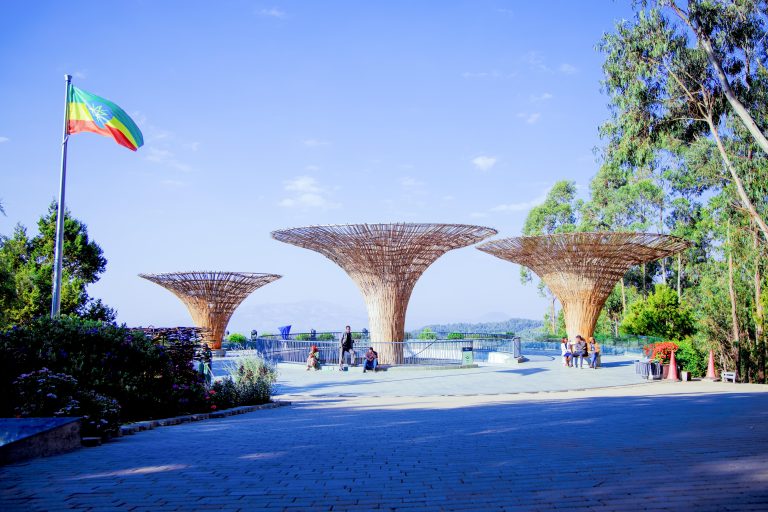Introduction:
Ethiopia, often referred to as the cradle of humanity, boasts a history that stretches back thousands of years. From its ancient civilizations to its pivotal role in the development of Christianity in Africa, Ethiopia’s history is a tapestry woven with tales of triumph, struggle, and resilience. Join me as we embark on a journey through the annals of time to uncover the fascinating history of this East African nation.
Ancient Civilizations:
Ethiopia’s history is deeply rooted in its ancient civilizations, with evidence of human habitation dating back to prehistoric times. One of the most renowned ancient civilizations in Ethiopia is the Aksumite Empire, which flourished from around the 1st century AD to the 7th century AD. The Aksumites were known for their advanced agricultural practices, sophisticated architecture, and thriving trade network that spanned across the Red Sea to the Mediterranean.
The Aksumite Empire reached its zenith during the 4th century AD, when it was one of the most powerful kingdoms in the world. It was during this time that Christianity was introduced to Ethiopia, making it one of the earliest Christian nations in the world. The Aksumite rulers played a crucial role in the development and spread of Christianity in the region, leaving behind magnificent churches and monasteries that still stand as testaments to Ethiopia’s ancient Christian heritage.
Medieval Kingdoms and Empires:
Following the decline of the Aksumite Empire, Ethiopia entered a period of fragmentation and decentralization, with various regional kingdoms vying for power. However, this period also saw the rise of powerful dynasties such as the Zagwe and Solomonic dynasties, which left their mark on Ethiopian history through their conquests, political intrigues, and cultural achievements.
One of the most notable rulers of medieval Ethiopia was Emperor Lalibela, who ruled during the 12th century and is renowned for constructing the famous rock-hewn churches of Lalibela. These remarkable churches, carved entirely out of solid rock, are considered masterpieces of medieval architecture and are UNESCO World Heritage sites.
The Modern Era:
Ethiopia’s modern history is characterized by its struggles against external aggression, internal conflicts, and efforts to modernize and develop as a nation. In the 19th century, Ethiopia successfully resisted attempts by European powers to colonize the country, earning it the distinction of being one of the few African nations to maintain its independence during the Scramble for Africa.
In the 20th century, Ethiopia underwent significant political and social upheaval, including the overthrow of Emperor Haile Selassie in 1974 and the subsequent establishment of a Marxist-Leninist government. This period, known as the Derg regime, was marked by political repression, economic hardship, and widespread human rights abuses.
However, Ethiopia’s fortunes took a positive turn in 1991 with the overthrow of the Derg regime and the establishment of a transitional government led by the Ethiopian People’s Revolutionary Democratic Front (EPRDF). Since then, Ethiopia has made strides in economic development, infrastructure improvement, and democratization, although challenges such as ethnic tensions and political instability persist.
Conclusion:
Ethiopia’s history is a testament to the resilience and spirit of its people, who have overcome countless challenges throughout the ages. From its ancient civilizations to its modern-day struggles and triumphs, Ethiopia’s journey is a rich tapestry of culture, heritage, and perseverance. As we reflect on Ethiopia’s past, let us also look towards its future with hope and optimism, knowing that the echoes of its history will continue to shape its destiny for generations to come.





